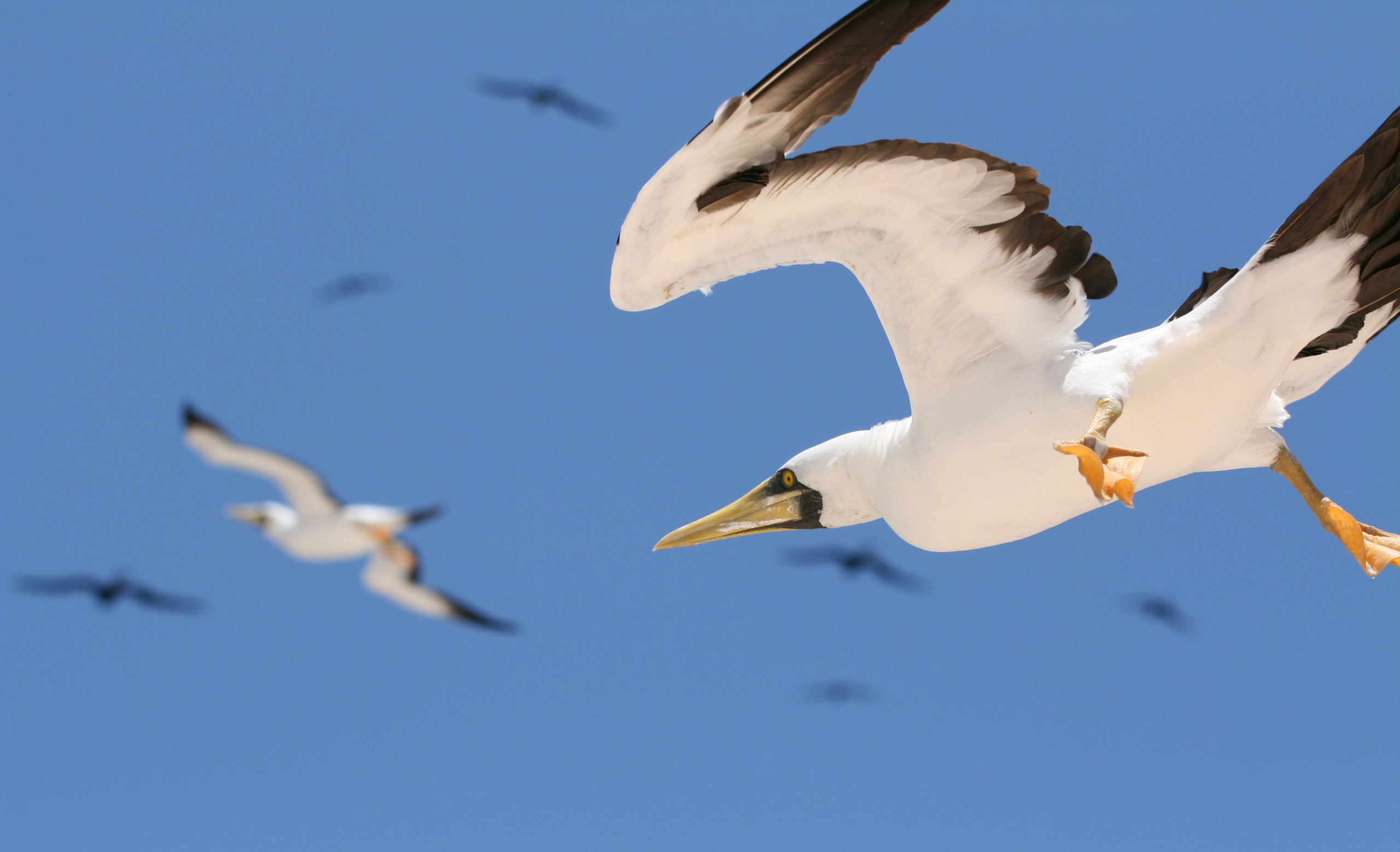Author: Dr Nicola Weber
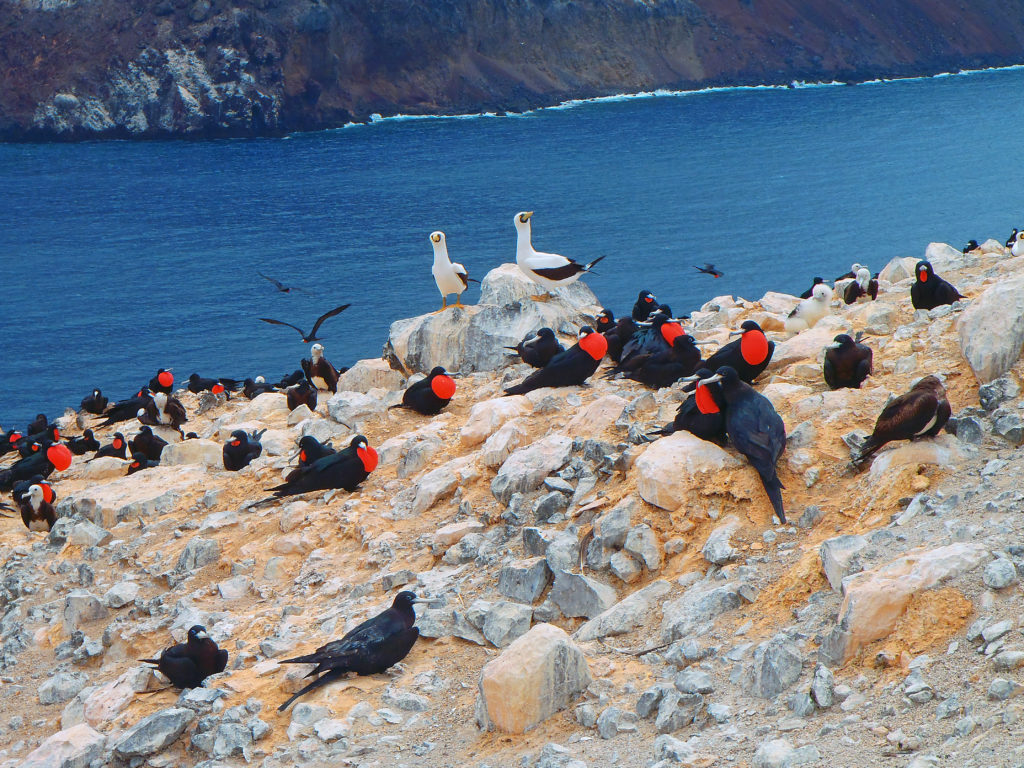
Having studied and worked in biodiversity conservation, with a marine focus, I have had the opportunity to work with a number of marine megafauna species, but it wasn’t until a move to Ascension Island (to work with sea turtles) that I forayed into the world of seabird ecology. Seabirds are known to be sentinels of the sea with a number of studies demonstrating how they can be used as indicators of the “health” of the marine environment. While seabirds nest on land, they largely find all of their food at sea, so any changes in the availability of their food resources can have a significant impact on their health and reproductive success.
As with many marine species, advances in technology have made it possible to study the largely unseen journeys and behaviours of seabirds at sea using increasingly small tracking devices that are normally attached the feathers of the bird. These devices then either need to be retrieved to download the data or can transmit it using satellite technology. During my time working on Ascension Island we attached tracking devices to a number of seabird species including the endemic frigatebird, the masked booby, sooty terns and yellow-billed tropicbirds. These projects involved many people including supervisors at the University of Exeter who conceived ideas and secured funding, experienced colleagues at the RSPB who helped with study design, deployment of devices and interpretation of data, and of course those working on the ground at the Ascension Island Government Conservation & Fisheries Department who know the area and the birds better than anybody else. Expeditions to tag seabirds, in particular on the offshore islet, Boatswainbird Island, that the local boat drivers skilfully got us on to, remain a highlight of my 5 years on Ascension Island.
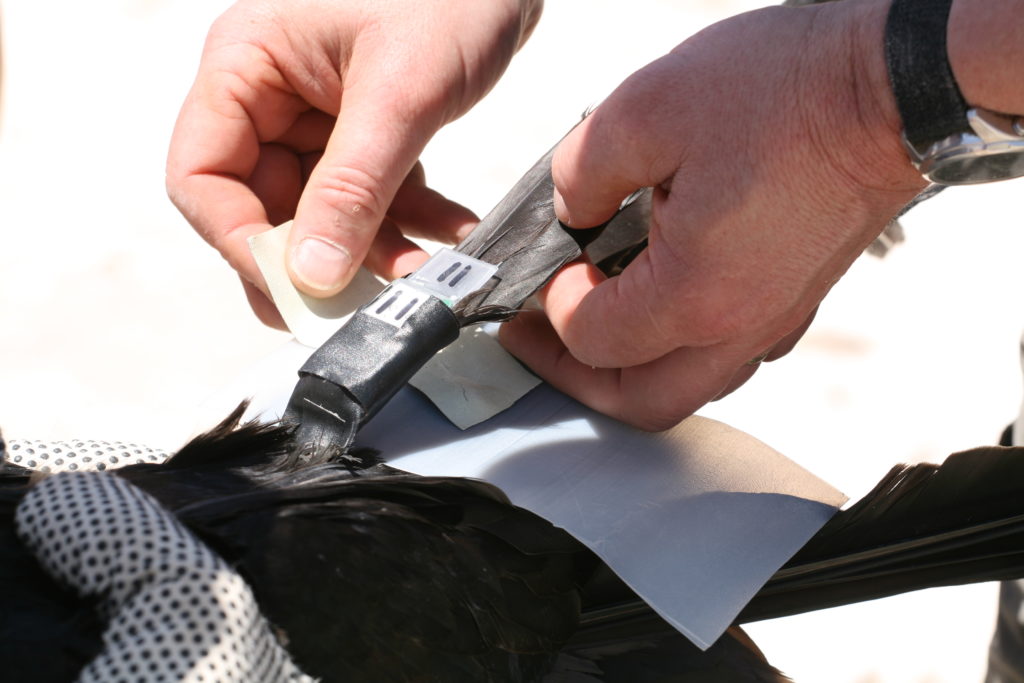
Over the last 20 years, researchers have equipped over 100 species of seabirds with tracking devices to follow their movements at sea. As such studies become increasingly common, a wealth of information is being collected and many of these data have been contributed to the BirdLife Seabird Tracking Database and can be used for conservation planning or research, for example by identifying areas at sea that are important foraging grounds and hence may benefit from protective measures being put in place. It is only in this collaborative way that we can carry out holistic research projects to gain real insights into marine ecology and conservation at a more global scale.
In a new study published this week in the journal Marine Policy, researchers from RSPB and BirdLife International summarised the tracking data of 52 species from 10 families across the Atlantic Ocean (including those from the Ascension Island birds) to highlight the differences in the spatial scale of their movements during the breeding season. This summary, based on more than 12,000 foraging trips from over 5000 breeding birds, highlights the enormous differences between seabird families: while cormorants and shags often only travel 5-10 km out to sea, albatrosses, petrels, and frigatebirds routinely travel more than 200 km to find food during the breeding season. As there is a variety of options to protect seabirds at sea, it is thus important for policy makers and conservation practitioners to understand which approach is most suitable for which species based on their behavioural ecology. For example, birds that travel very far and exploit vast areas at sea may require conservation measures at a much larger scale than birds that travel only a short distance and remain in a smaller area.
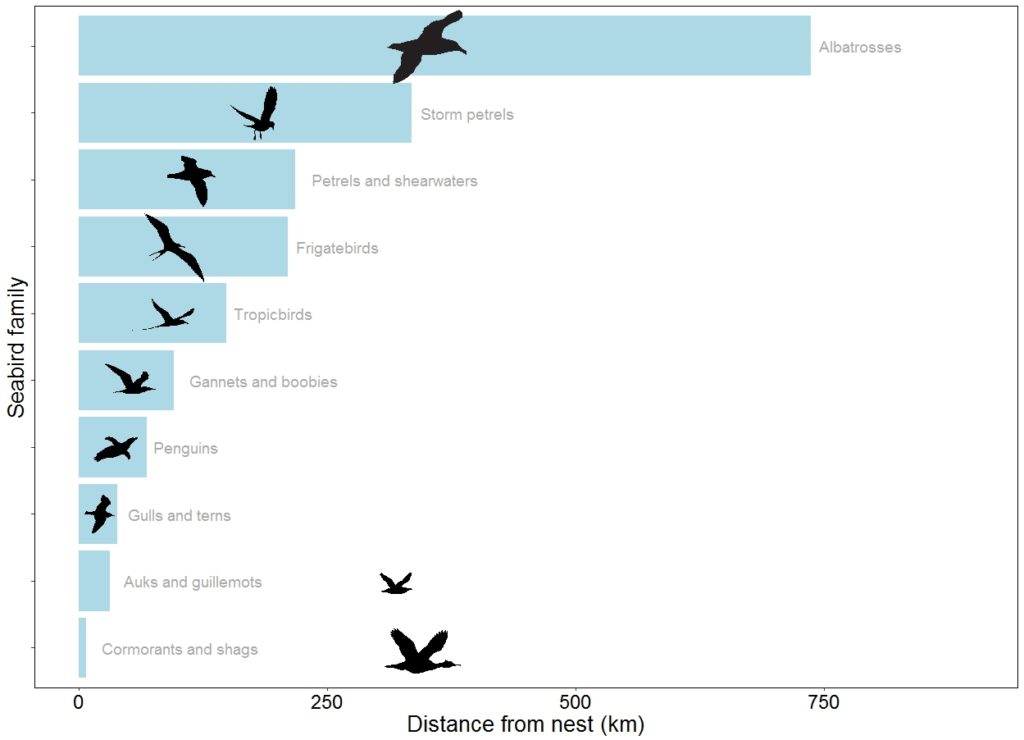
This study highlights one of the aspects of academic research that I find the most interesting and rewarding – the collection of reliable data that can be used to inform management decisions and lead to tangible conservation actions being implemented, through the collaborative efforts of many people and organisations.
Please see the paper for full acknowledgements of people, organisations and funding bodies.
Dr. Nicola Weber 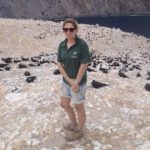
(http://biosciences.exeter.ac.uk/staff/index.php?web_id=Nicola_Weber)
You can get in touch with Nicola through:
#ExeterMarine is an interdisciplinary group of marine related researchers with capabilities across the scientific, medical, engineering, humanities and social science fields. If you are interested in working with our researchers or students, contact Michael Hanley or visit our website!

